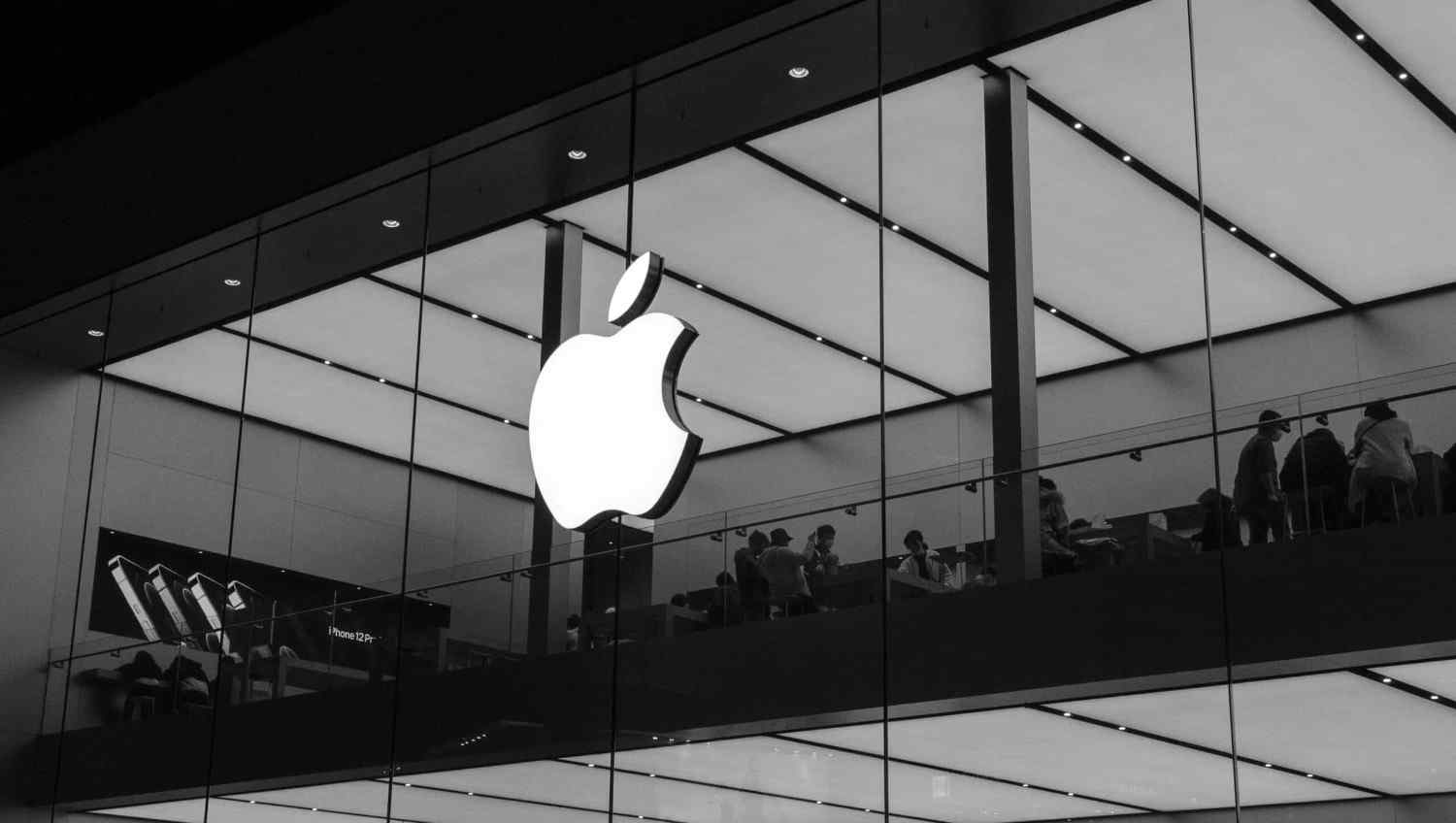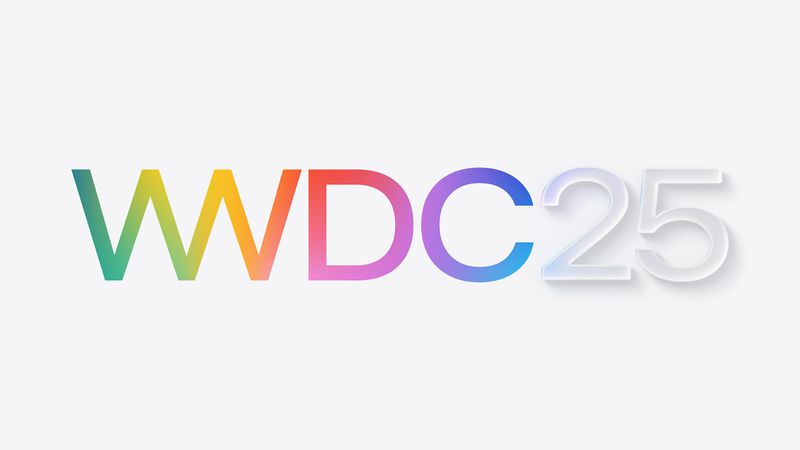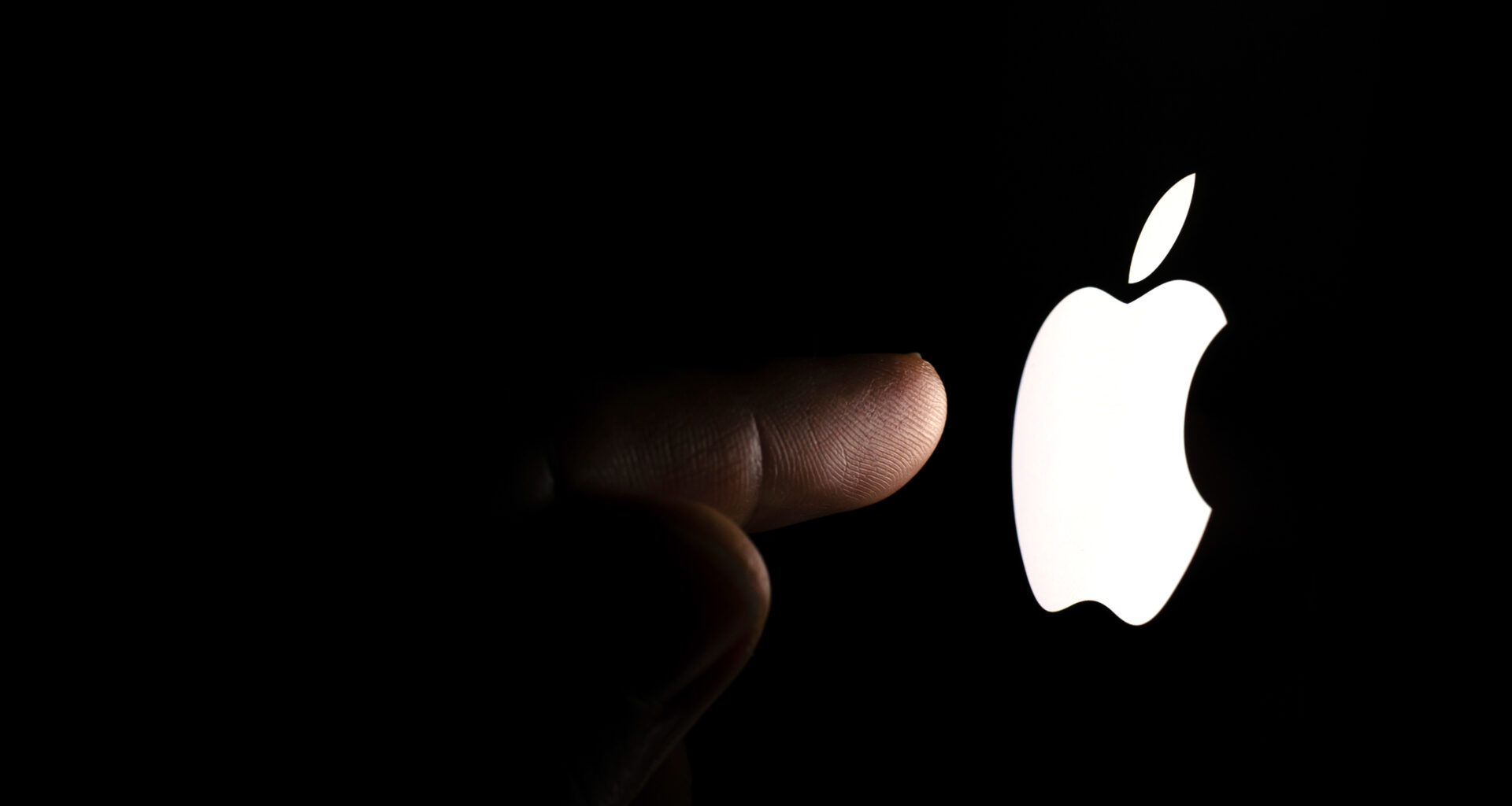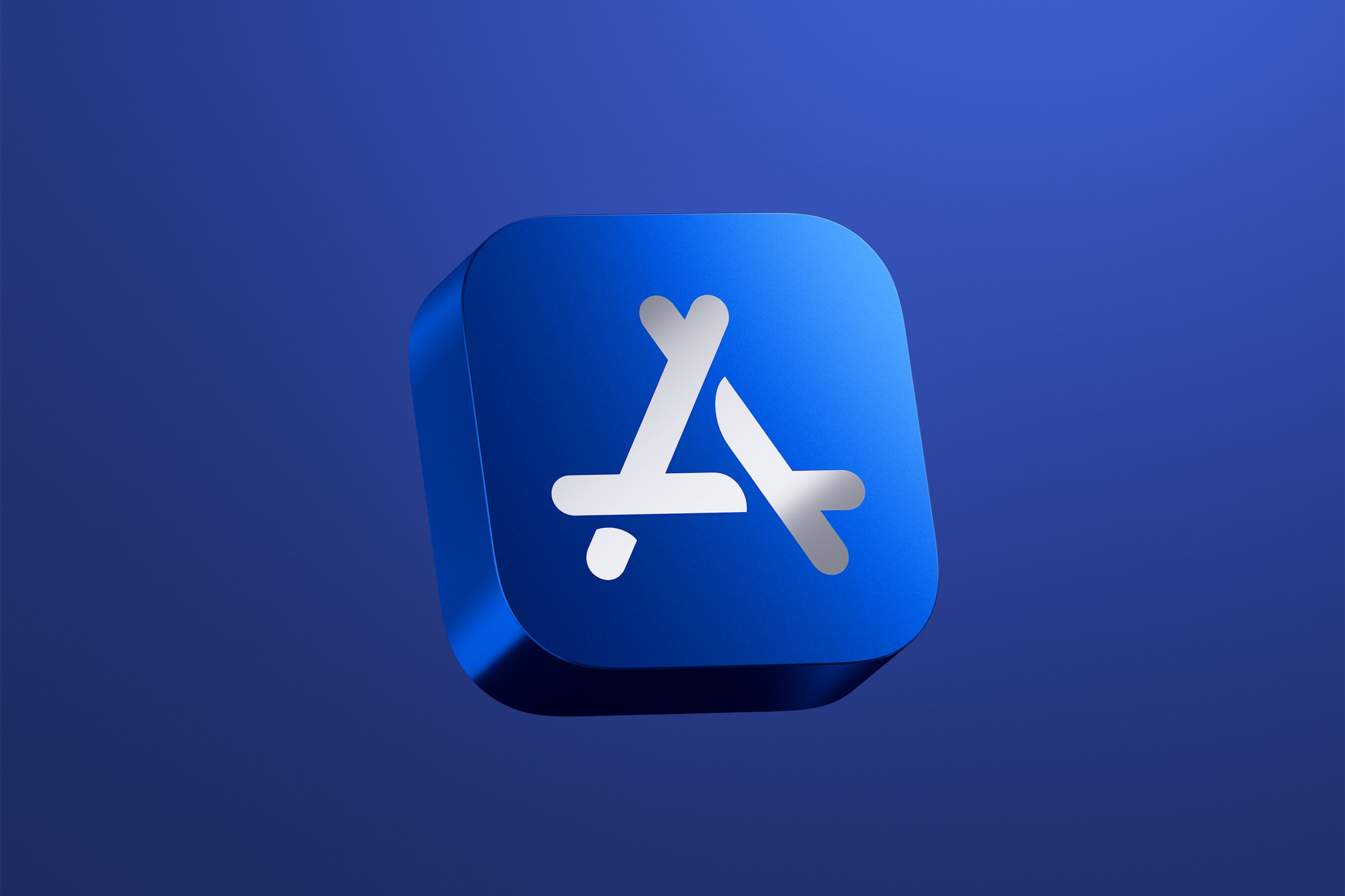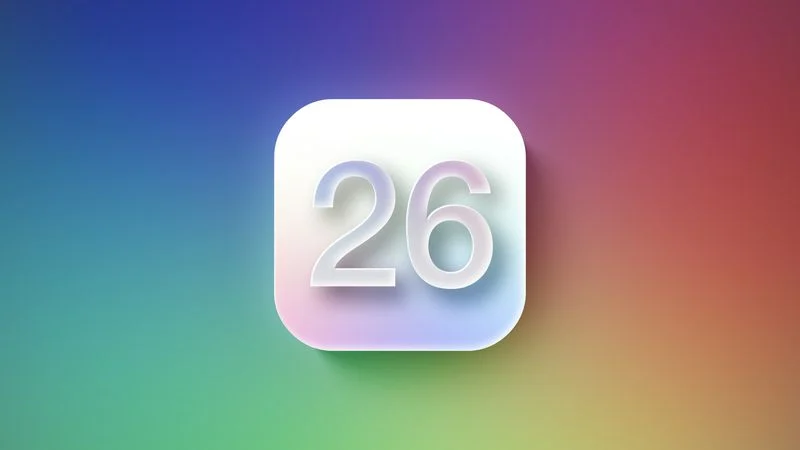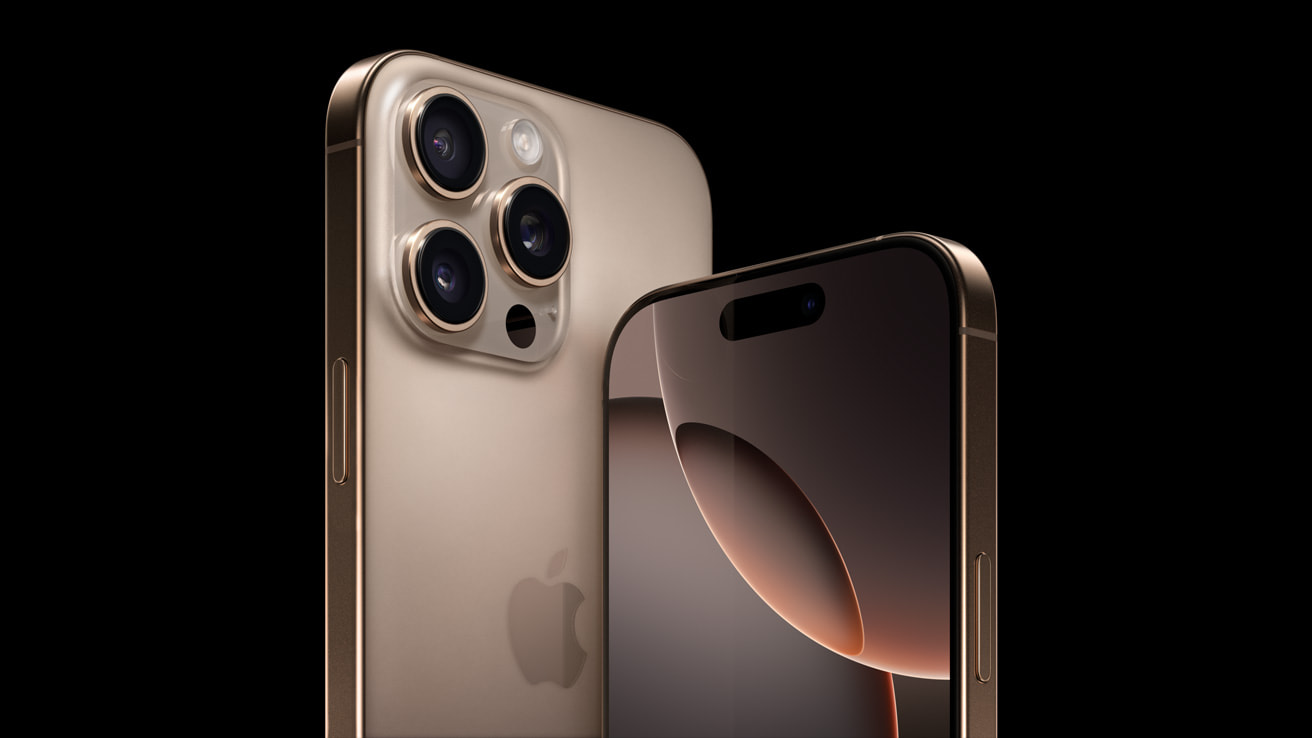Because of new regulations in the European Union (EU), Apple is being given more time to revise its messaging apps so they can interact smoothly with different services. The EU has asked companies like Apple to allow their messaging services to work together, making it easier for people to stay in touch using any app they are on.
Even so, Apple is asking for a bit more time to make sure things are right. There are worries within the company about privacy and safety. Apple is making sure that, whenever iMessage uses other apps, people’s private information remains secure. The EU wants to give users more control and Apple wishes to make these changes with care.
Apple is in discussions with the EU about this topic right now. Apple hopes it can make its apps follow the rules over a longer period of time, not just quickly. Lawenforcement is important to the company, which also cares about its users’ safety and enjoyment.
Shortly, Apple is following the EU’s requirements for messaging apps, though it needs more time to ensure everything is done securely.
